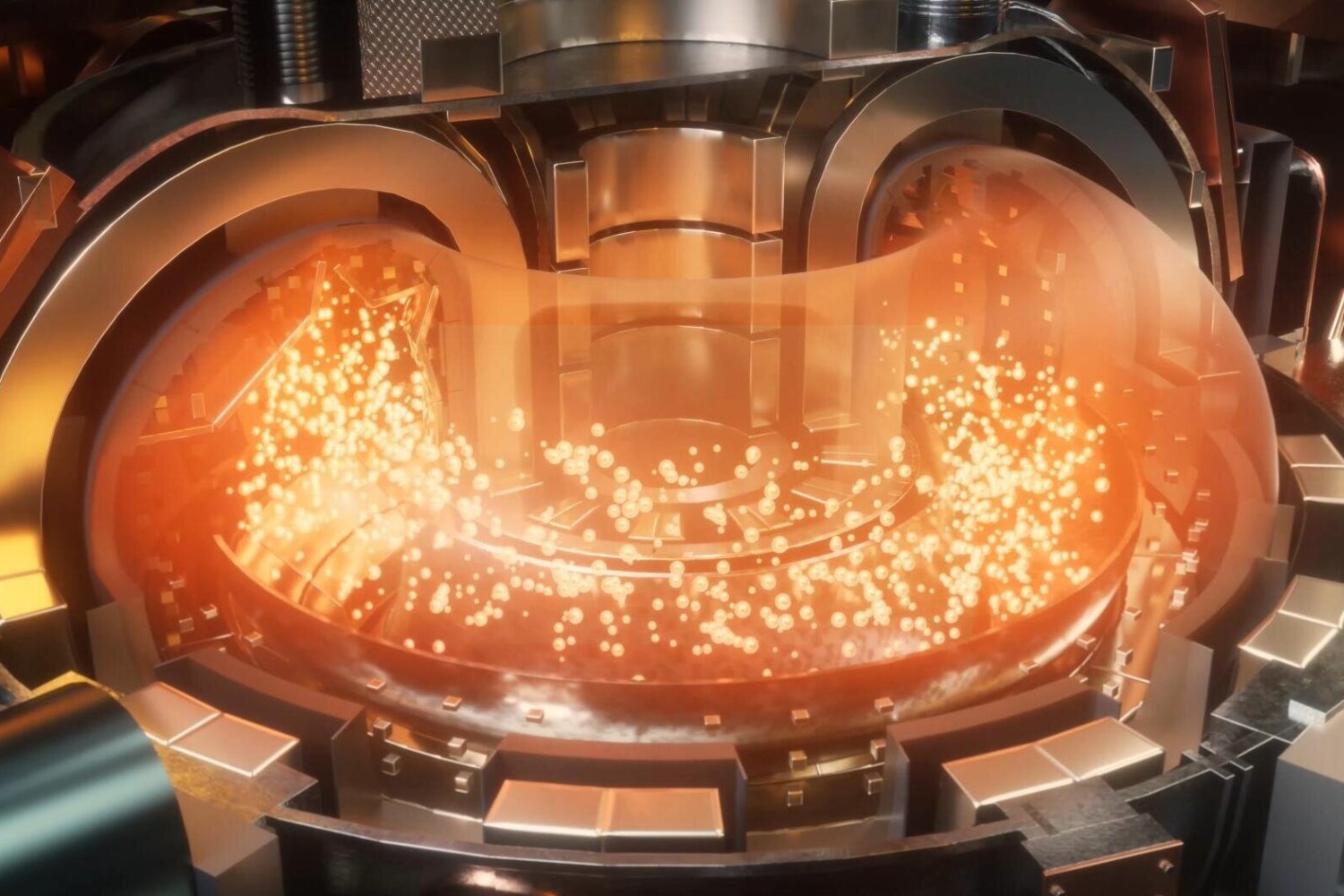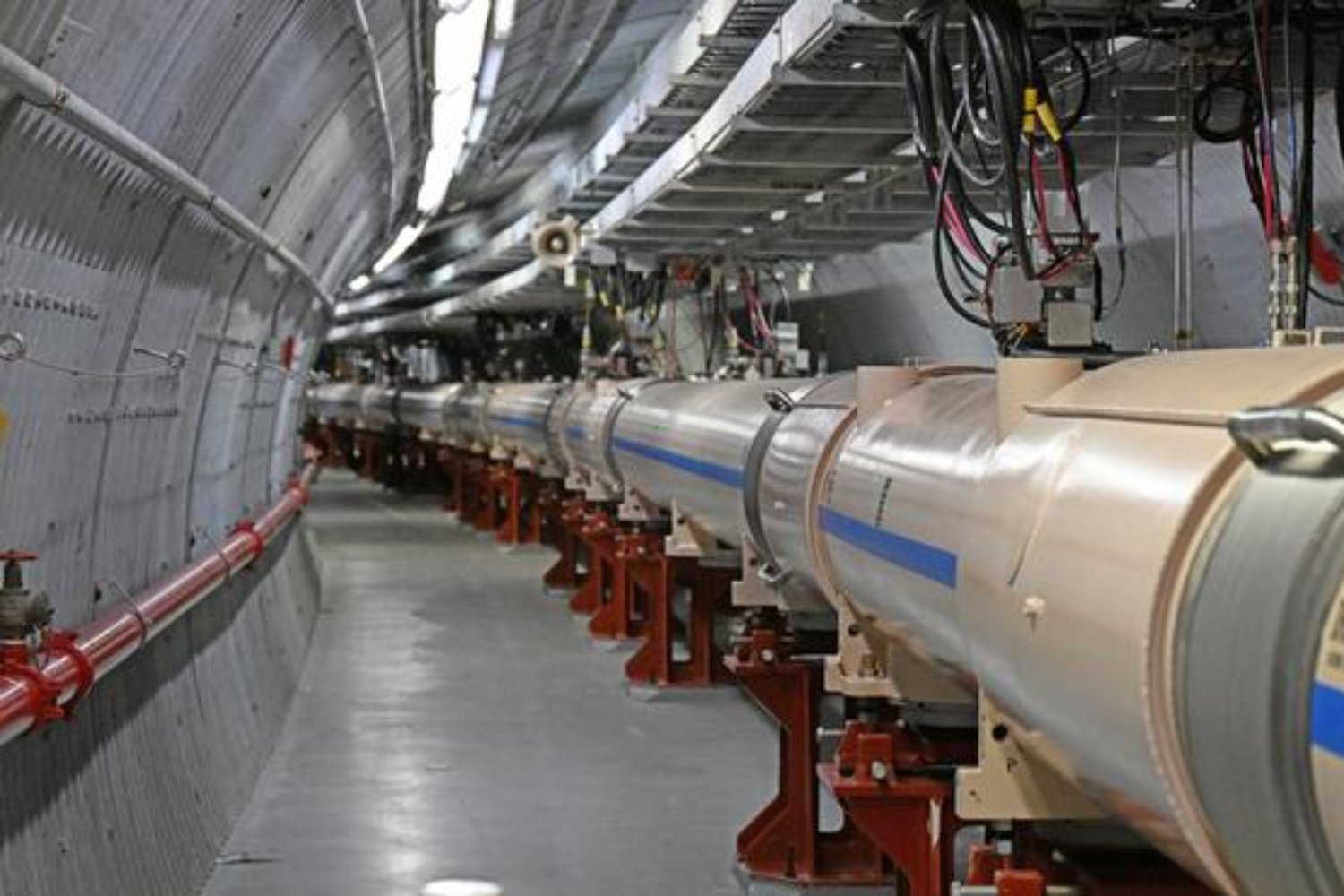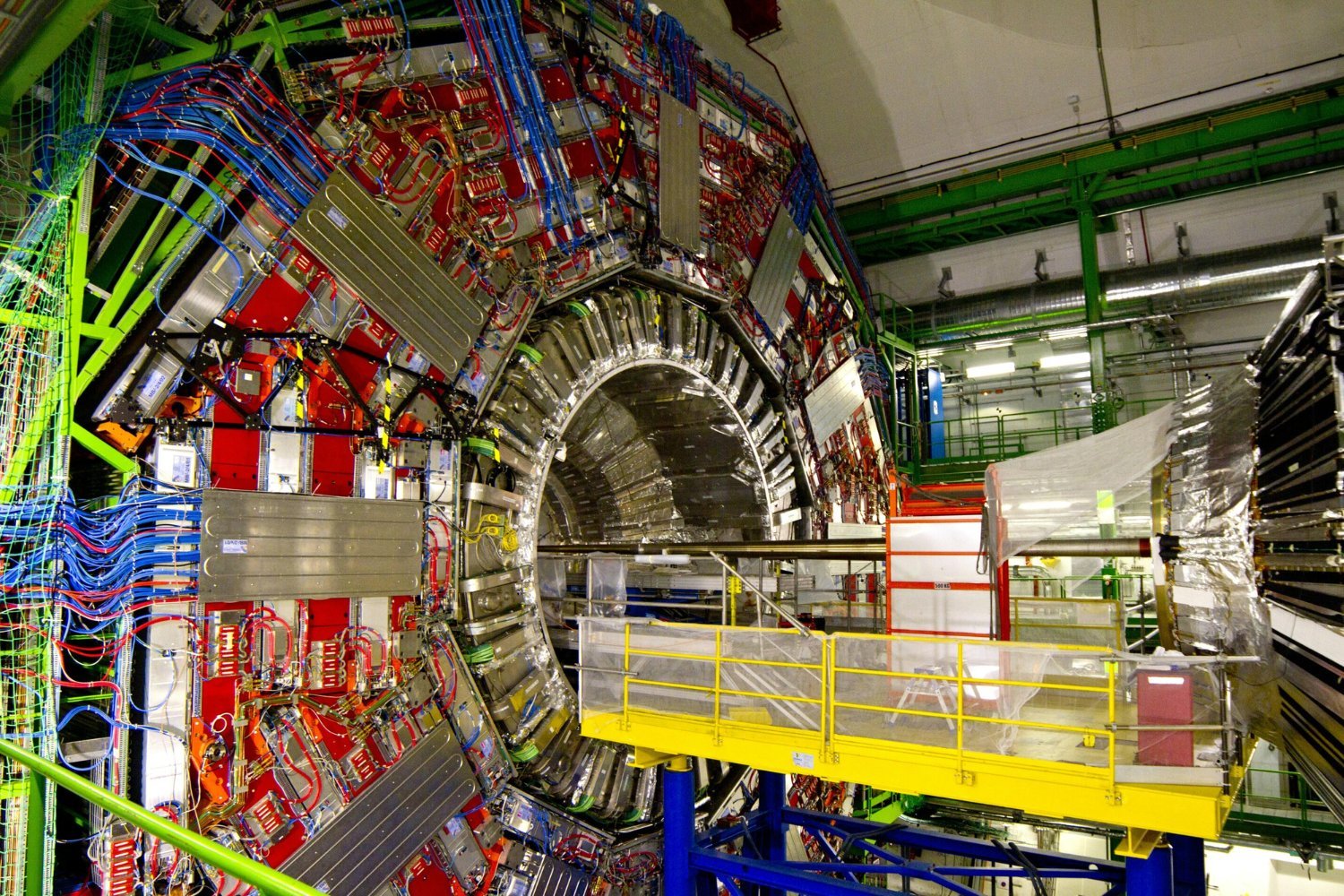Fusion energy promises clean, abundant power, but faces challenges, including fuel production. A key ingredient, enriched lithium, has historically posed environmental risks. However, researchers at Texas A&M University have accidentally stumbled upon a cleaner, more scalable solution while developing groundwater purification methods. This breakthrough could significantly impact the future of fusion energy generation.
The team’s findings, published in Chem, detail an electrochemical process using a compound called zeta-V2O5 to selectively extract lithium-6 from naturally occurring lithium. This discovery offers a far less environmentally damaging alternative to previous methods. Fusion, the process powering stars like our sun, relies on isotopes like tritium and deuterium. Tritium, scarce and radioactive, is typically “bred” within reactors using lithium isotopes.
Lithium-6, while rare, drastically increases tritium production efficiency compared to the more common lithium-7. Professor Sarbajit Banerjee of Texas A&M and ETH Zürich, one of the study’s authors, explained to MaagX that current reactor designs require enriched lithium-6, necessitating extraction from natural lithium sources. Past enrichment methods, such as those employed in the US from 1955 to 1963, involved mercury, resulting in severe environmental contamination. The Oak Ridge National Laboratory in Tennessee, where this process was used, still grapples with the toxic legacy of mercury pollution.
The Texas A&M team’s new method, however, leverages principles similar to lithium-ion batteries and desalination technologies. Their zeta-V2O5 compound acts as a selective “sponge,” preferentially absorbing lithium-6 from water streams. This electrochemical approach eliminates the need for hazardous mercury, providing a safer and more sustainable enrichment process.
Professor Banerjee believes this discovery could revolutionize fusion fuel development without requiring extensive reactor redesigns. While acknowledging the continued challenges in plasma physics and engineering, he highlighted the significance of addressing the lithium-6 supply chain bottleneck. He expressed optimism about the future of fusion energy, citing ongoing global efforts and investments that suggest practical fusion power may be achievable within the next few decades.
The promise of fusion energy has often felt perpetually just out of reach. However, with this breakthrough in lithium-6 enrichment, coupled with continued advancements in fusion technology, the dream of clean, abundant energy may be closer than ever before. This innovative approach to fuel production offers a crucial step towards realizing fusion’s potential and transforming the global energy landscape.










